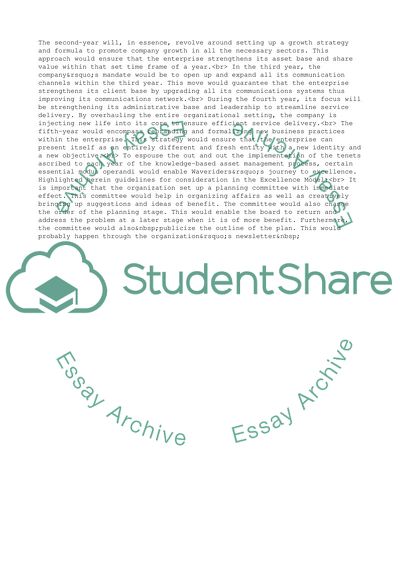Cite this document
(Knowledge Based Asset Management Term Paper Example | Topics and Well Written Essays - 2750 words - 1, n.d.)
Knowledge Based Asset Management Term Paper Example | Topics and Well Written Essays - 2750 words - 1. Retrieved from https://studentshare.org/management/1699068-knowledge-based-asset-management
Knowledge Based Asset Management Term Paper Example | Topics and Well Written Essays - 2750 words - 1. Retrieved from https://studentshare.org/management/1699068-knowledge-based-asset-management
(Knowledge Based Asset Management Term Paper Example | Topics and Well Written Essays - 2750 Words - 1)
Knowledge Based Asset Management Term Paper Example | Topics and Well Written Essays - 2750 Words - 1. https://studentshare.org/management/1699068-knowledge-based-asset-management.
Knowledge Based Asset Management Term Paper Example | Topics and Well Written Essays - 2750 Words - 1. https://studentshare.org/management/1699068-knowledge-based-asset-management.
“Knowledge Based Asset Management Term Paper Example | Topics and Well Written Essays - 2750 Words - 1”, n.d. https://studentshare.org/management/1699068-knowledge-based-asset-management.


